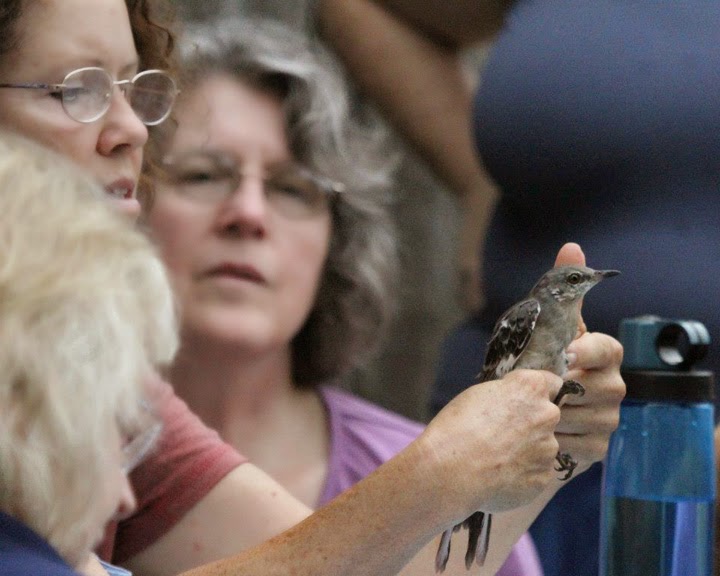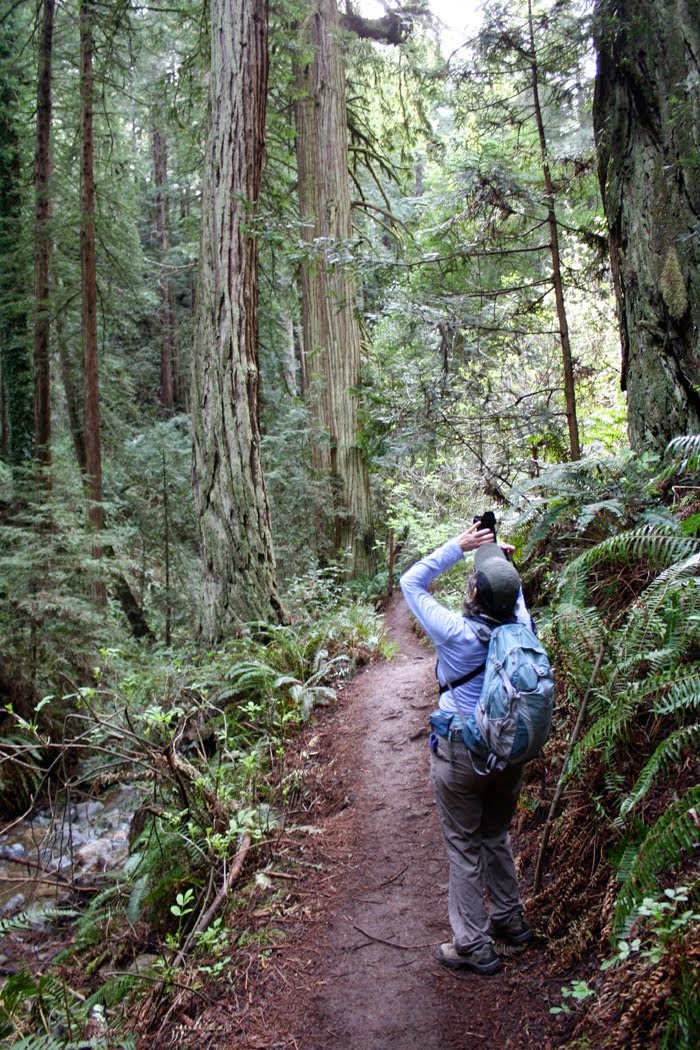I have several nature-related traditions during the winter months that keep color and inspiration in my life. One of these is making home-made bird suet as a treat for my feathered winter friends.
The second is painting birds in watercolor! As I was going through my reference photo files recently, I ran across this chickadee that I painted in January of 2009, along with photos of the progression of the painting. It contains some of my favorite elements of a sketch--looseness and and a splash of color among neutrals.
I start my paintings with a sketch, a map of sorts. The sketch above is loose in some places and more detailed in others. I like some suggestion and mystery, but I also enjoy the details that define the bird species. Both of these elements bring the artist's emotion into the work. Not only does the viewer see a rendition of the subject, they also enjoy a wholistic expression of the artist's experience--the magic of art. Invariably, as the artist focuses deeply on the subject being painted, that emotion comes to life.Have you ever watched the behavior of Carolina Chickadees near the feeder? They are tiny, fairly-like creatures, voicing their opinion about everything with "chick-a-dee-dee-dee" calls. In the winter they travel in mixed flocks with Tufted Titmice and Downy Woodpeckers visiting feeders in a rotating fashion. All that company encourages lots of vocalizations.
Painting snow presents a fun challenge in watercolor. The snow is created with the white of the paper giving you plenty of opportunity to paint negative space or the space around the snow as you create the flow of color and light that leads the eye through the painting.
This sketch is primarily made up of neutrals with a splash of color, an arrangement I find particularly appealing for its subtlety. I used ultramarine blue, vandyke brown and sepia to make variations of gray and brown for my neutrals, and added quinacridone gold to the blue to create the greens and Winsor Deep Red for the berries. Use of the same base colors, the blue and brown, throughout, unifies the colors in the painting.
Bringing the subject's colors into the sketch early allows you to shape the background colors and areas of dark and light to highlight the main subject effectively. The branches are shaped by wetting the paper and adding color in the direction of the shape of the limb. As the paint is drying, more color is added to the shaded areas, giving it its rounded appearance.
While painting, stepping back or away from the painting from time to time helps to bring fresh eyes. I want the colors and the lights and darks to lead my eyes to the subject and through the painting so the viewer can take in the whole affect. In this sketch, the darks, primarily the branches, lead the eyes to the chickadee in a v-shaped fashion and beyond to the edge of the paper. The contrasting berries point to the bird like an arrow, faintly reappearing on the opposite side of the bird (below) to lead the eye off the page.
Carolina Chickadees use an intricate network of tiny muscles to fluff out the more than 2000 feathers on their body in the winter months, creating a warm insulation of air between feathers. They visit suet and sunflower feeders, giving our yards the lively gift of activity during winter months.
Carolina Chickadee in Snowy Holly was created in watercolor on Canson, Montval Field, All-Media Book, 90 lb Cold Press Watercolor Paper.
Links and resources:
For more on negative painting, you may enjoy: Creating Fall Leaves and Don't throw out the kindergarden efforts.
Montval Field All Media Book at Dick Blick art supplies.
Carolina Chickadee at Cornell All About Birds.





























































